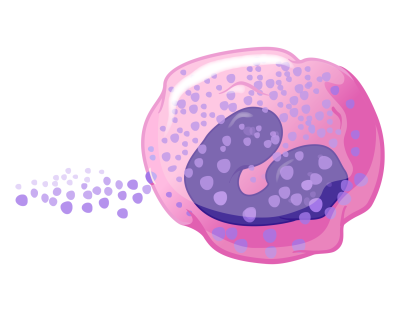Women are disproportionately affected by HIV, with young women in sub-Saharan Africa three times as likely to be infected than young men in the same age group. In 2015, the World Health Organization (WHO) recommended that tenofovir-based pre-exposure prophylaxis (PrEP) be offered to high-risk individuals for prevention. As a result, oral PrEP has been introduced in more than 70 countries, including sub-Saharan Africa. Despite expanded access to oral PrEP in the region, women experience challenges to daily pill-taking, including discrimination, difficulties swallowing pills, and the fear of violence from partners, family, and community members. Additionally, oral PrEP drug concentrations in vaginal tissues are lower than in rectal tissues, therefore women must take 6-7 doses per week to achieve levels associated with HIV prevention. An effective alternative to daily PrEP is critical to women’s health and ending the HIV epidemic.
This phase 3 clinical trial compared the safety and effectiveness of two treatment options for HIV prevention in HIV-uninfected women—daily oral tenofovir diphosphate plus emtricitabine (TDF-FTC) and injectable cabotegravir given every 8 weeks. The study was conducted in 20 clinical sites in seven sub-Saharan African countries where the burden of HIV is high. High-risk women aged 18-45 years were eligible for this study if they agreed to use contraception during the study and reported two vaginal intercourse episodes 30 days prior to enrollment. Study participants were randomized to either of the treatment groups at enrollment and provided adherence counselling, HIV testing, and physical exams at every visit. The clinical trial design ensured that neither the participants nor the study staff could identify which treatment group each participant was assigned to.
The results of this large trial showed that injectable cabotegravir was superior to daily oral TDF-FTC for the prevention of HIV in women at substantial risk in sub-Saharan Africa. Participants in the cabotegravir group had an 88% lower risk of HIV infection compared with those in the TDF-FTC group. Furthermore, there was no difference in the frequency of adverse events between the two study groups outside of injection site reactions, suggesting cabotegravir was generally safe and well-tolerated. Of particular note, cabotegravir offered an adherence advantage over the daily pills. Most of the participants that acquired a HIV infection in the daily PrEP treatment group had unquantifiable drug concentrations at the time of infection. This study provides evidence that injectable cabotegravir could be a viable alternative to daily oral PrEP for HIV prevention in women in high-incidence settings. In a related study, injectable cabotegravir was shown to be safe and effective in preventing HIV in cisgender and transgender women who have sex with men.
Reference: Delany-Moretlwe et al. Cabotegravir for the prevention of HIV-1 in Women: results from HPTN 084, a phase 3, randomized clinical trial, Lancet, April 1, 2022 - Volume 399 – Issue103378 - p 1779-1789.




